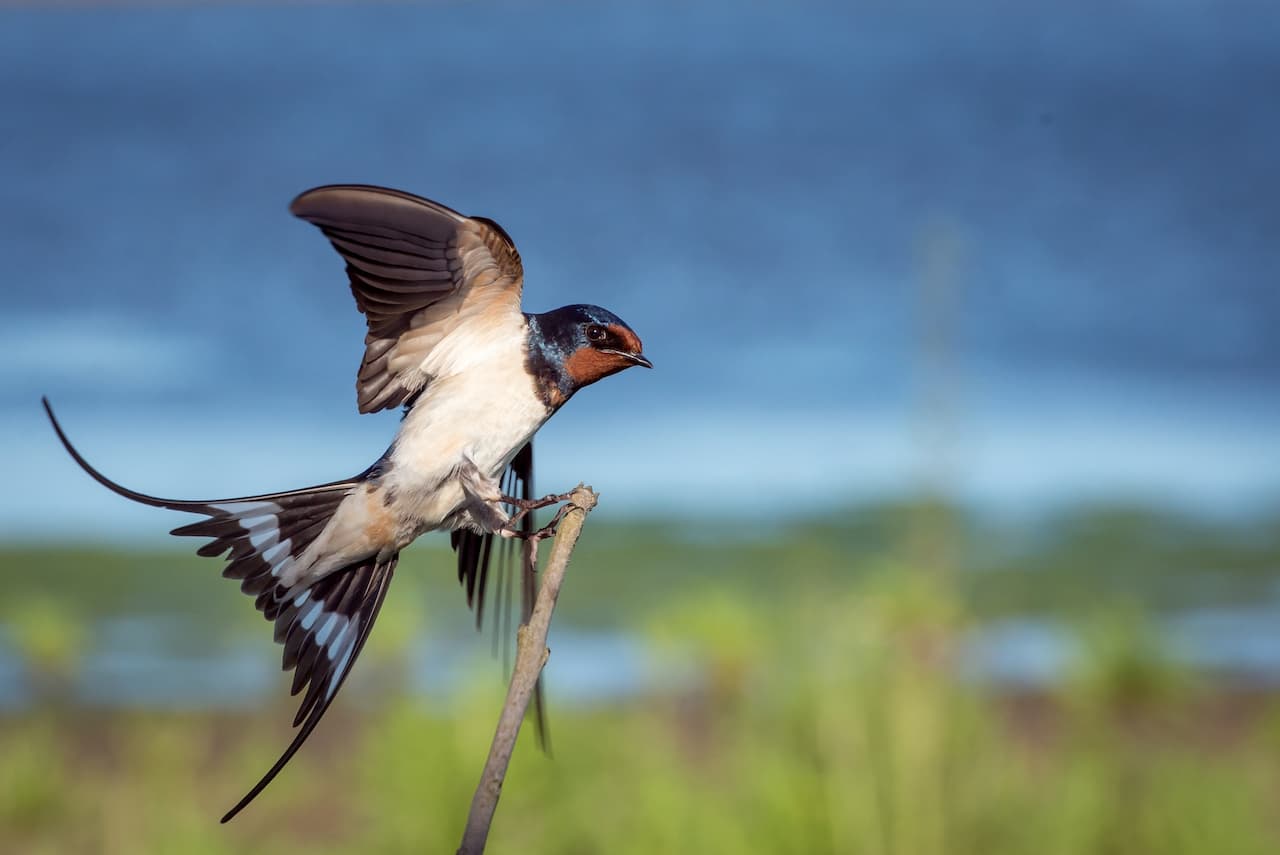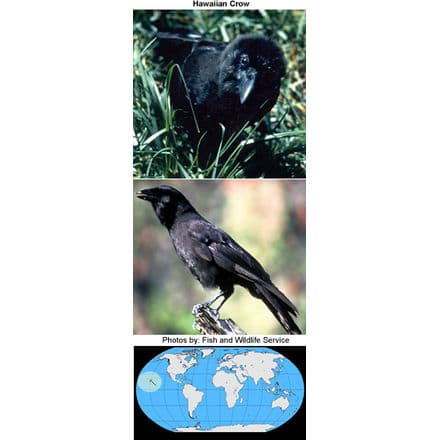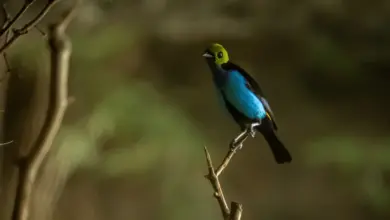Black-and-white Tanagers (Conothraupis speculigera)
The Black-and-white Tanagers (Conothraupis speculigera) is a South American tanager that occurs naturally in Ecuador, Peru, and the Brazilian state of Acre. It inhabits scrub, woodland, and forest borders at an elevation of 100-1800 m. (330-5900 ft).
This species is generally uncommon to rare. The only other member of its genus is the recently rediscovered Cone-billed Tanager.
These birds are usually seen singly or in pairs, but occasionally also occur in flocks of up to 50 individuals.
Description
The Black-and-white Tanagers measures about 16 cm. (6½ in) in length and weighs 23-28 g. (0,8-1 oz). They have reddish eyes and a greyish bill.
The male is mostly black with a grey rump, white underparts, and a white wing-speculum (= distinctive wing patch).
The female is olive with faintly mottled, yellow-tinged underparts.
Similar Species:
It resembles the Black-and-white Seedeater; except for a shorter bill. The Black-and-white Tanager lacks the black flanks and chalk-white bill of the related Cone-billed Tanager.
Tanager Information … Tanager Species … Tanager Species Photo Gallery
Song / Vocalizations
The males’ song has been described as distinctive, blackbird-like, loud, and ringing.
Breeding / Nesting
In the northern part of its range, it breeds during the wet season, after which it disperses.
The average nest consists of 2 – 3 brown-blotched pale blue eggs that are placed in a low, untidy nest (Greeney et al, 2006).
Diet / Feeding
They mostly feed on insects and seeds.




